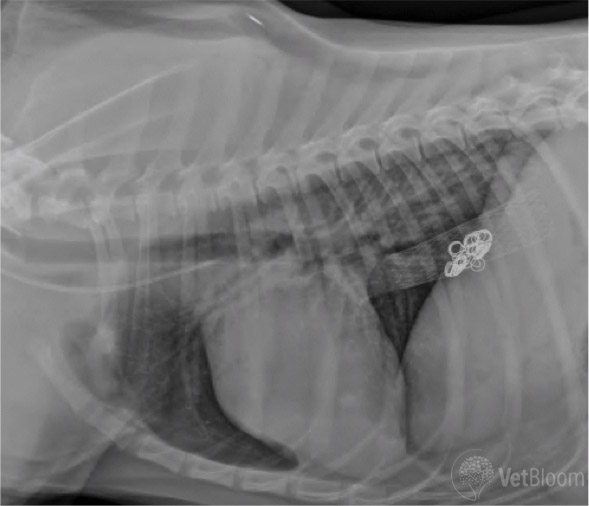

Portosystemic shunting of portal blood can lead to increased circulating levels of toxins originating from the intestinal tract (eg, hyperammonemia).Īmmonia is toxic to neuronal tissues and can cause hepatic encephalopathy. Related Article: Interpretation of Serum Transaminase Levels in Dogs & CatsĪge of onset of signs typically <1 year 1īedlington terrier is usually diagnosed by hepatic copper quantification testing at 1 year of age younger dogs may be diagnosed by genetic testing.Īffects middle-aged or older Dalmatian, West Highland white terrier, Skye terrier, Doberman pinscher, and Labrador retrieverĪge at diagnosis depends on severity of lesion 15-20Ħ5% liver involvement in cats with mutation in polycystin geneģ8% incidence for autosomal dominant polycystic kidney disease (ADPKD) in Persian and Persian-crossbreed cats 21ĪDPKD rare in West Highland white and cairn terrier 19,22ĭogs with CPSS have shunting of portal blood into systemic circulation and hepatic atrophy from loss of normal hepatotropic factors in portal blood. In concurrence with portal hypertension, has increased incidence in Doberman pinscher, Cocker spaniel, and rottweiler median age of onset of signs is 1–2 years 6,13,14 Note the copper color to the eyes.Īffects cairn terrier, Tibetan spaniel, Maltese, Havanese, Yorkshire terrier, Norfolk terrier, and miniature schnauzerĪllelic trait and may be an ancestral founder mutationĪge of onset of signs is typically <1 year but may go undiagnosed (many dogs asymptomatic) The cat had uneventful surgery and was clinically normal 2 years later. Castrated domestic short-haired cat (10 months of age) 1 month after attenuation of portocaval shunt via placement of ameroid constrictor. Most common congenital liver disease and more frequent in dogsĪffected cats often have a copper color to eyes ( Figure 1).įigure 1. Incidence of 0.18% in purebreed and 0.05% in crossbreed dogs3 3,12Īge of onset of signs typically 2 months–4 years (88% of cases) may be older 3,12Įxtrahepatic is seen in Maltese, silky terrier, Yorkshire terrier, cairn terrier (autosomal, polygenic with variable expression), shih tzu, bichon frise, miniature schnauzer, pug, Havanese, and dandie dinmont terrier.

Intrahepatic is seen in large-breed dogs, Irish wolfhound (genetic, polygenic, patent ductus venosus), Australian cattle dog (usually right divisional), and Labrador retriever.

Related Article: Top 5 Liver Conditions in Dogs Gallbladder agenesis is possibly associated with DPA. Rare in dogs and cats, but autosomal recessive polycystic kidney disease (ARPKD) may occur in Persian catsīilobed gallbladder has been reported in cats and gallbladder agenesis in dogs. Portal vein atresia is the congenital absence or atresia of the extrahepatic portal vein (rare).Ĭopper-associated hepatic disease is an inborn error of metabolism in which copper transport in the liver is impaired or overwhelmed.Ī DPA (ie, fibropolycystic disease) is an anomalous bile duct development at various levels of the biliary tree leading to persistent, aberrant ducts, hepatic fibrosis, and/or cyst formation. HAVM is failure in differentiation of embryonic venous and arterial structures (rare). PHPV with portal hypertension (ie, noncirrhotic portal hypertension) rare PHPV without portal hypertension common in dogs PHPV is a microscopic intrahepatic vascular abnormality in which portal venous blood is diverted into the hepatic veins within the intrahepatic microcirculation.įormerly microvascular dysplasia (MVD) may occur with portal hypertension Most common congenital hepatobiliary disorder in dogs Vascular disorders (eg, congenital portosystemic shunt, primary hypoplasia of the portal vein, portal vein atresia, hepatoarteriovenous malformation )īiliary disorders (eg, ductal plate abnormality )ĬPSS is a macroscopic connection between portal and systemic circulation. Congenital hepatobiliary disorders include 1-9


 0 kommentar(er)
0 kommentar(er)
